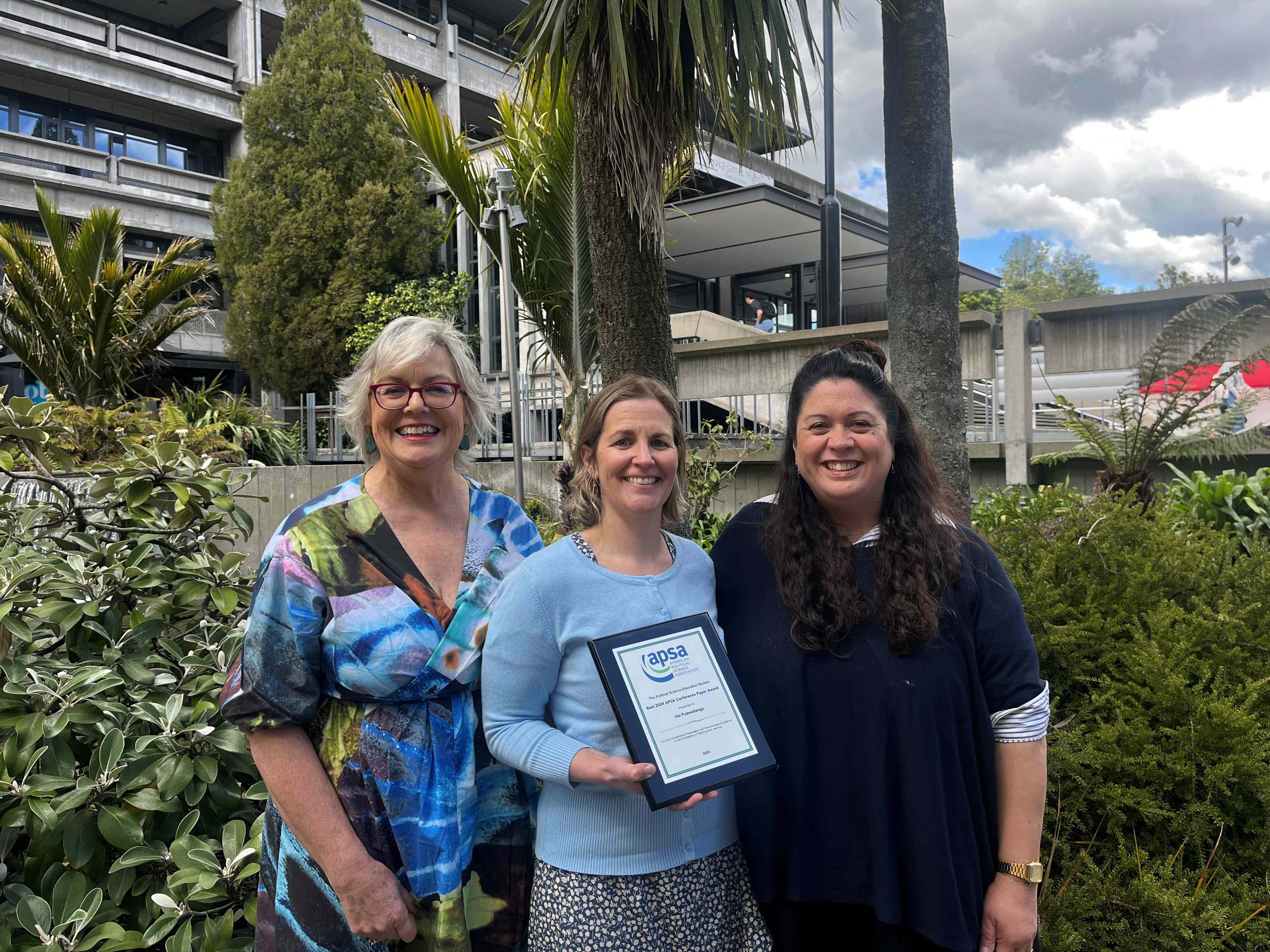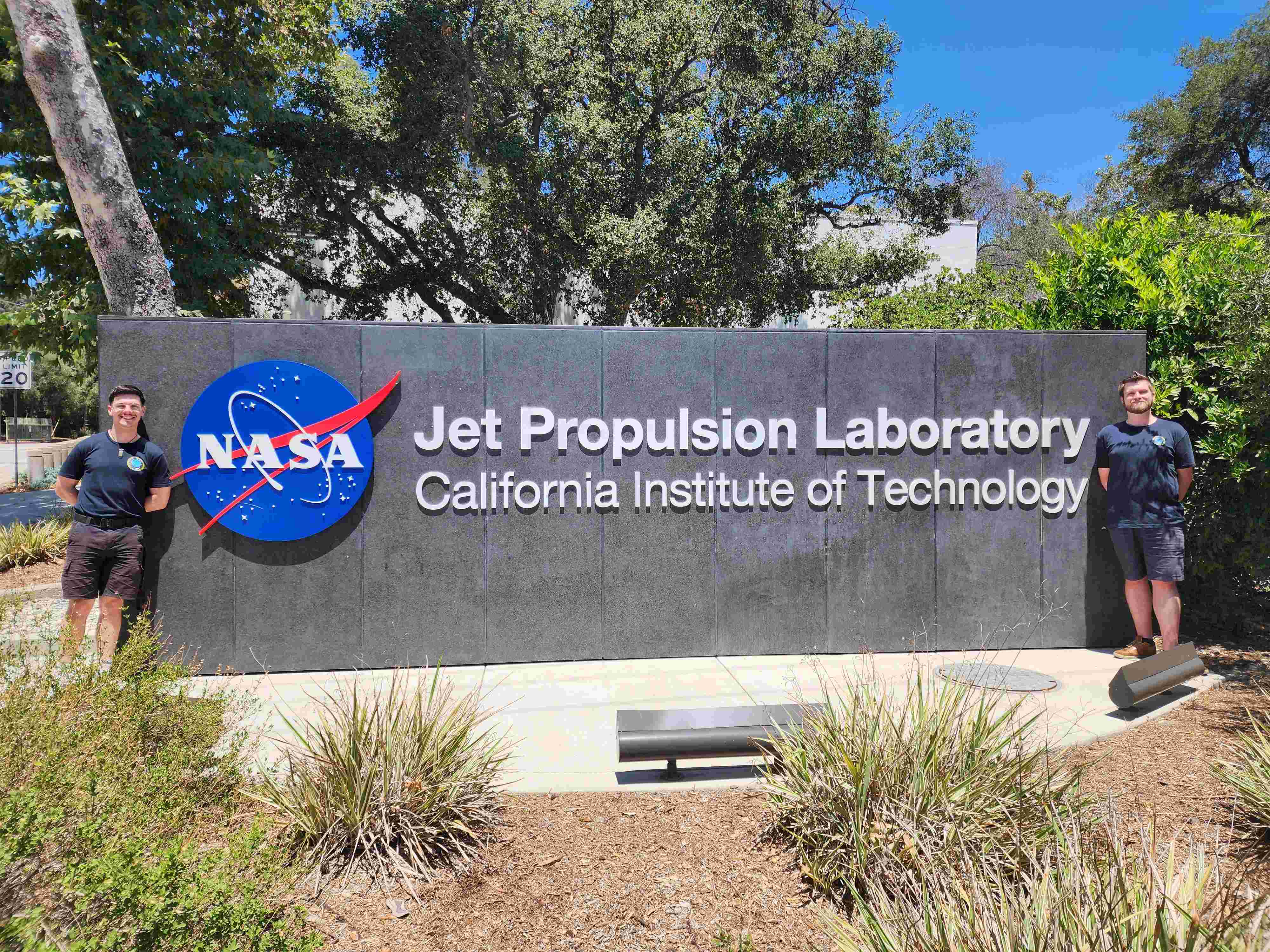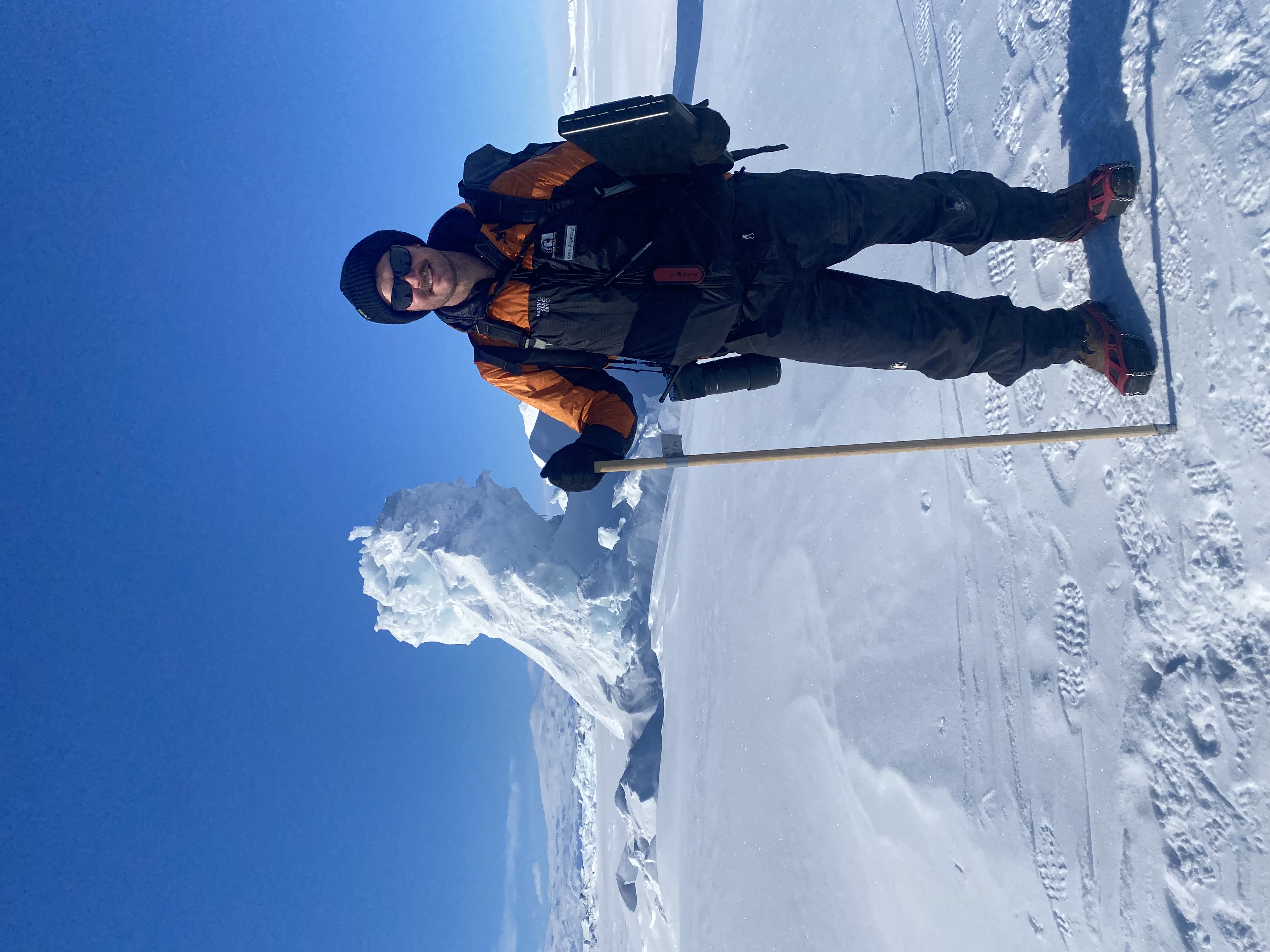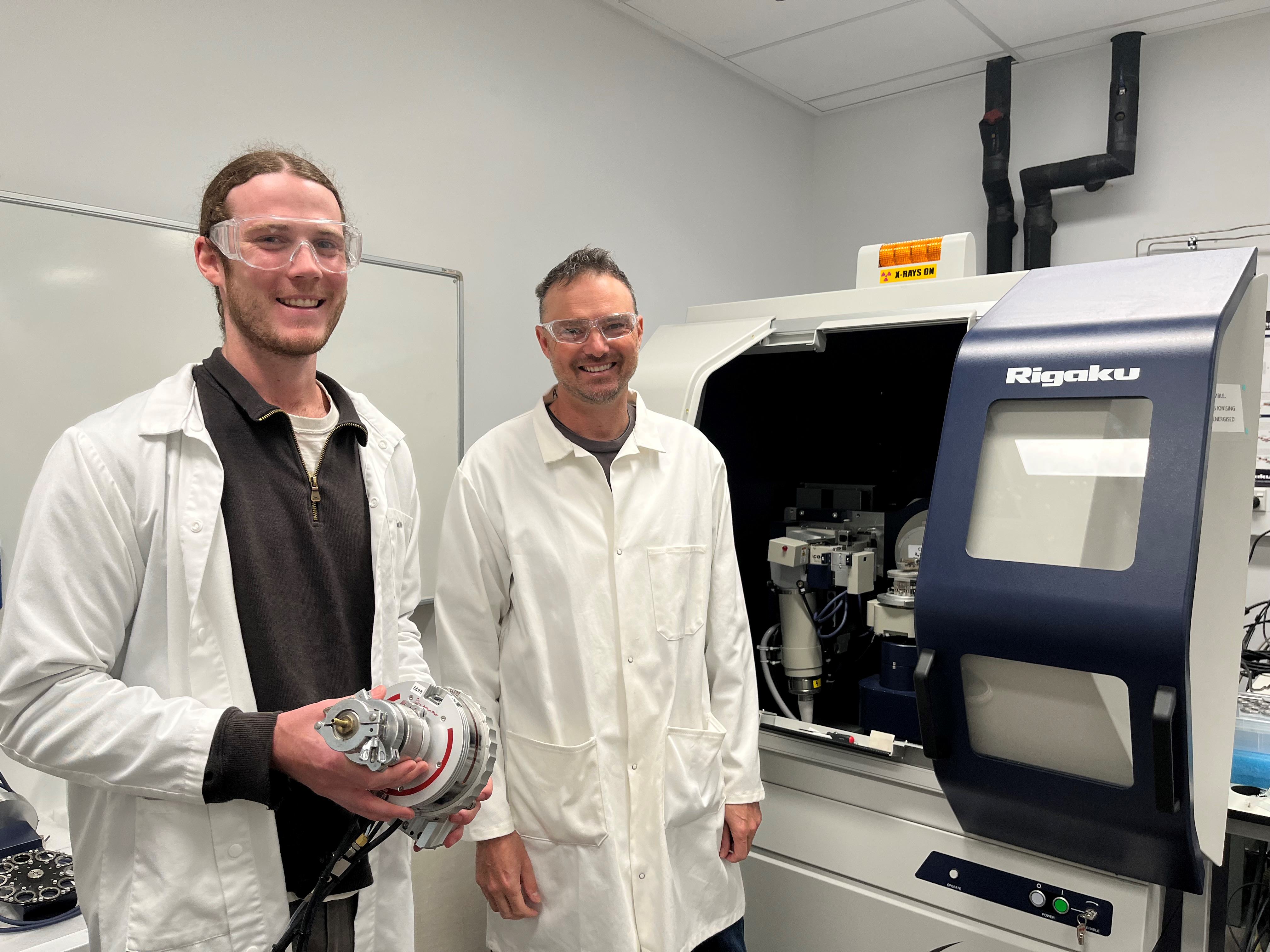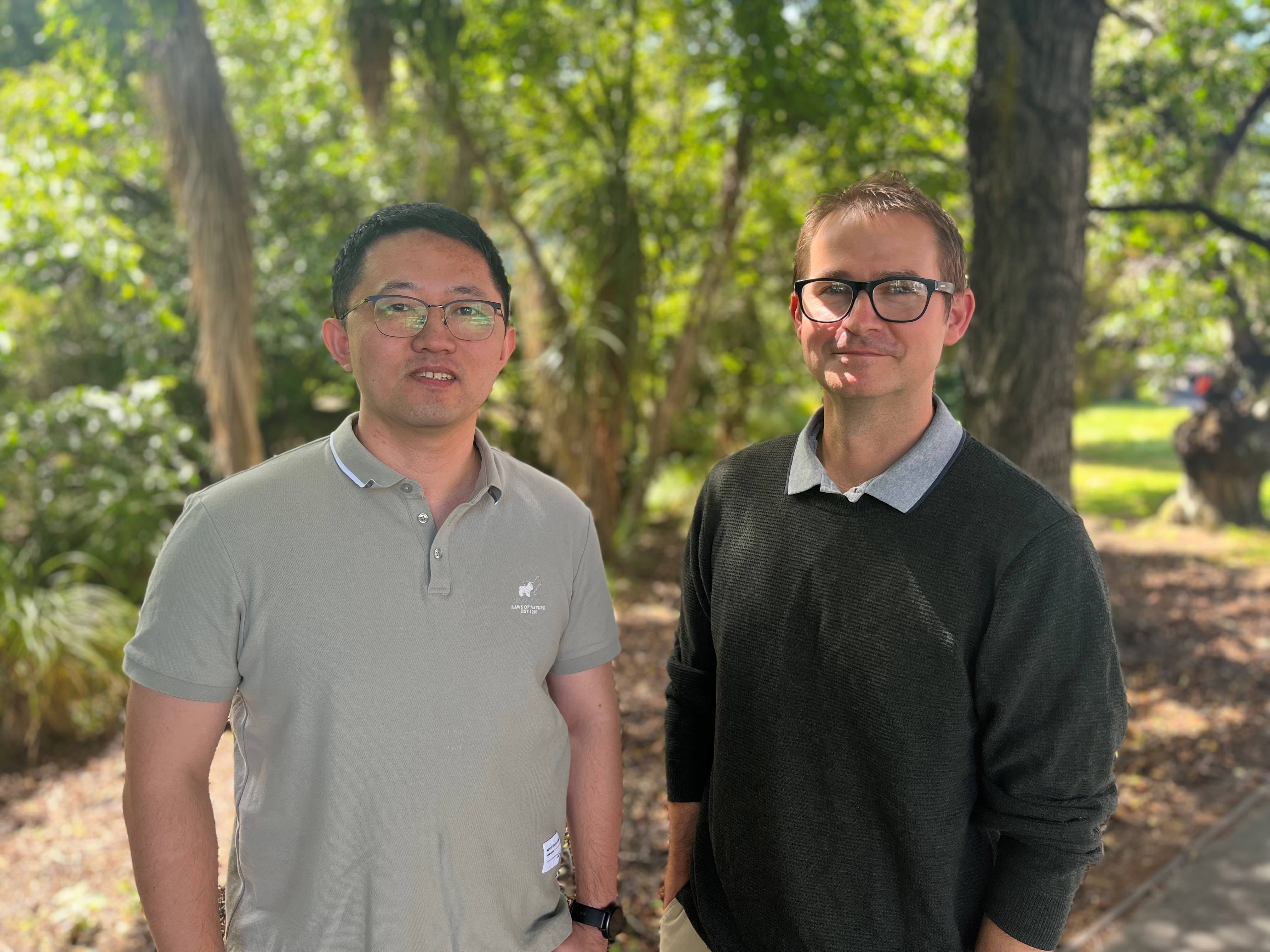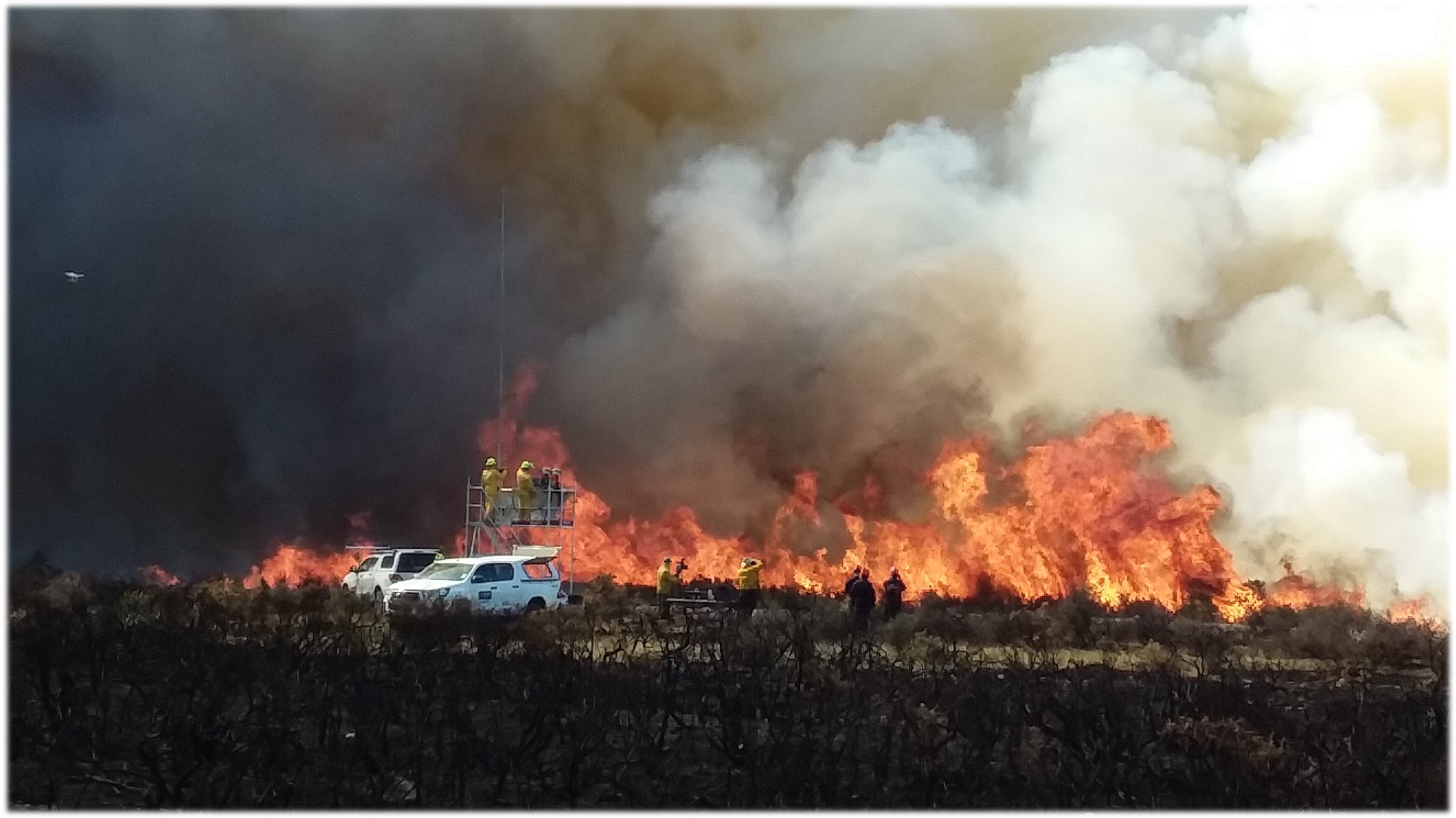Dr Watson says these “terrifying” flows are challenging to study because they are sudden, fast-moving, and dangerous. “It’s hard to know what is going on inside a flow because the internal flow dynamics are hidden by an opaque gas cloud which is impossible to see through.”
However, he has used seismic data recorded by a permanent monitoring network at Mt Etna, Italy to track a pyroclastic flow that happened in February 2014. His findings have been published in the Journal of Geophysical Research.
“We’ve shown that as the pyroclastic flow travels down the flanks of the volcano, it pushes on to Earth’s surface producing seismic waves. We can use these seismic signals to track the flow, potentially informing modelling of their flow paths in real time which could help with making hazard assessments for future eruptions.
“By considering how seismic signals get smaller further away from the pyroclastic flow, we can locate the source of these vibrations and track their location over time.”
He says because of the extreme hazard posed by pyroclastic flows there is an urgent need to improve monitoring capabilities. The findings could be applied at volcanoes in New Zealand such as Ruapehu, Tongariro and Taranaki.
“All of the New Zealand volcanoes are able to produce pyroclastic flows, so being able to monitor them better could help improve safety.”
Dr Watson hopes to carry out further research in the New Zealand context using seismic signals to track lahars (mudflows composed of rock, debris, and water), as well as pyroclastic flows. A lahar from Ruapehu destroyed a bridge over the Whangaehu River causing a train derailment in the 1953 Tangiwai disaster that killed 151 people.
“The ultimate goal is to better understand and monitor volcanic hazards and to use these findings to save lives. This is especially useful as volcanoes are often shrouded in cloud and eruptions can happen during the night when cameras are not effective.”
Dr Watson has already shown that sound waves can be used to detect mountain avalanches along the Milford Road and is currently working on monitoring avalanche activity in Mount Cook Aoraki National Park.




